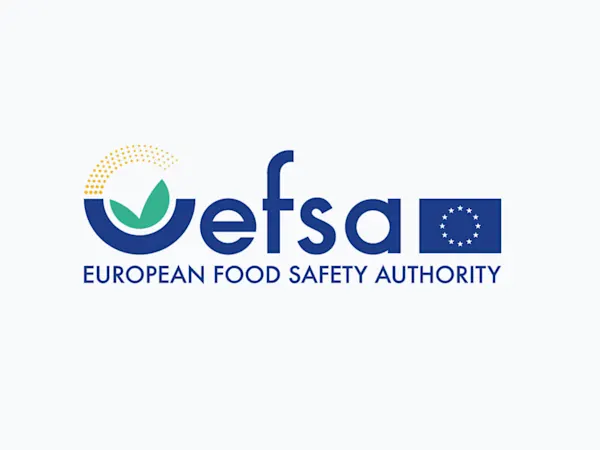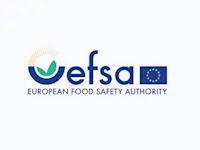
EFSA Seeks Feedback on Overhaul of Weight of Evidence and Biological Relevance Guidance
EFSA launches consultation on updating its Weight of Evidence and Biological Relevance guidance, aiming to streamline chemical risk assessment practices.


The European Commission has officially banned UV-328 under the Persistent Organic Pollutants (POPs) Regulation, introducing strict thresholds and limited exemptions for specific uses across the EU from 4 August 2025. This regulatory change will significantly affect professionals in manufacturing, automotive, aerospace, medical devices, and other sectors reliant on UV-stabilised materials.
UV-328, chemically known as 2-(2H-benzotriazol-2-yl)-4,6-di-tert-pentylphenol, is a widely used UV stabiliser found in plastics, coatings, and electronics. It has been identified as a persistent, bioaccumulative, and toxic (PBT) substance, prompting international action under the Stockholm Convention.
Following a decision at the 2023 Stockholm Convention, the EU amended Annex I of Regulation (EU) 2019/1021 to align with global commitments to eliminate harmful POPs. UV-328 joins this list with phased restrictions and select exemptions, reinforcing the EU’s Chemicals Strategy for Sustainability.
The ban introduces three progressive concentration limits for UV-328 in articles, mixtures, and substances:
However, exemptions apply until 4 August 2030 for UV-328 use in land-based vehicles, industrial coatings, blood collection devices, polarisers, photographic paper, and aircraft. Spare parts used in legacy equipment may remain in service until 31 December 2043 or the end of their functional life.
These exemptions are designed to allow time for industry substitution and avoid severe disruptions to critical infrastructure and supply chains.
Professionals across the chemicals ecosystem—especially those in automotive, aerospace, electronics, and healthcare—must assess compliance risks and transition plans immediately. The ban not only impacts EU-based manufacturers but also affects importers and distributors handling articles containing UV-328.
Businesses must also prepare for stricter trace contaminant thresholds, starting at 100 mg/kg in 2025 and tightening to 1 mg/kg by 2029, requiring updated analytical capabilities and supply chain transparency.
Foresight continuously tracks 1000s of sources and maps updates to your portfolio:




EFSA launches consultation on updating its Weight of Evidence and Biological Relevance guidance, aiming to streamline chemical risk assessment practices.

The Netherlands refines its list of potential ZZS chemicals to better align with EU assessments, boosting early detection and regulatory foresight.

EFRAG’s revised ESRS Exposure Drafts slash mandatory data points by 57%, opening a 60-day consultation to streamline CSRD compliance.
Subscribe to Foresight Weekly and get the latest insights on regulatory changes affecting chemical compliance.
Free forever. Unsubscribe anytime.
Read by professionals at